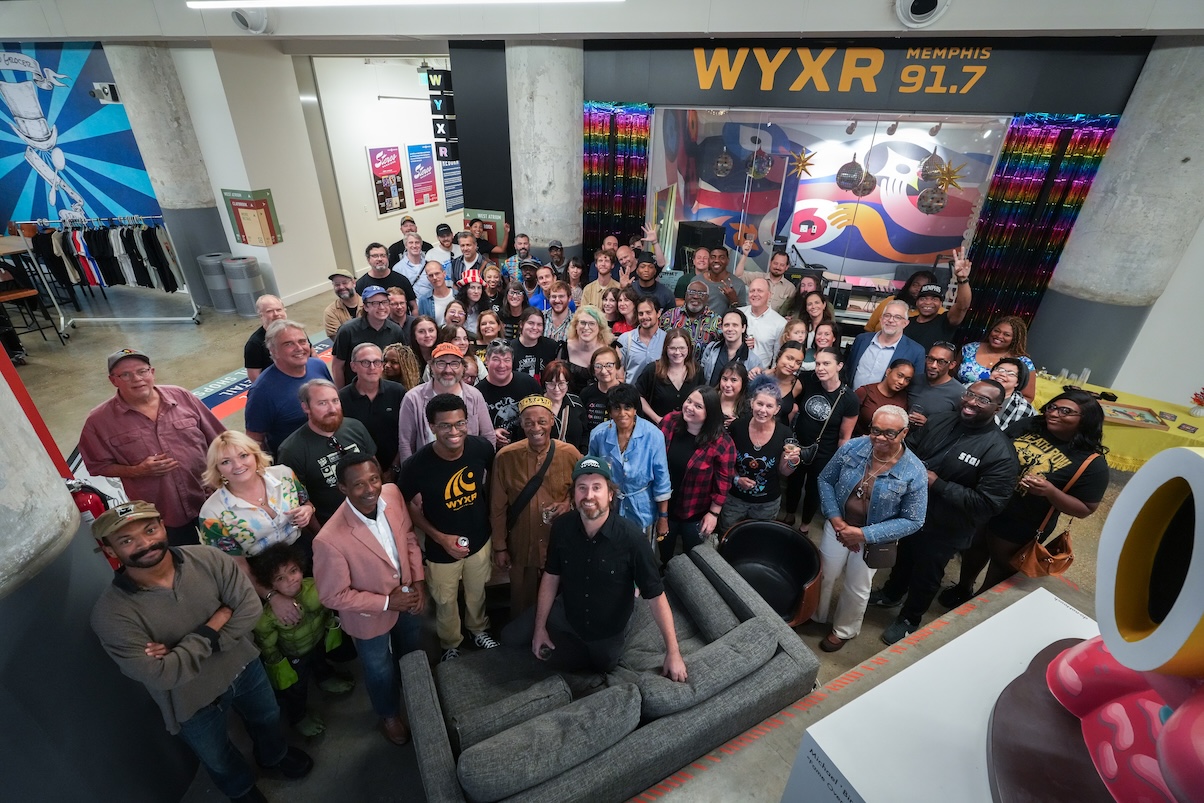How AI is Changing the Game in Sports Marketing
Sports marketing has always relied on the power of great visuals. A perfectly timed photo of a game-winning goal or the raw emotion in the moment of victory can create a lasting connection between fans and their favorite teams. But today, the stakes are higher. Audiences expect content instantly, tailored to their interests and optimized […] The post How AI is Changing the Game in Sports Marketing appeared first on Unite.AI.


Sports marketing has always relied on the power of great visuals. A perfectly timed photo of a game-winning goal or the raw emotion in the moment of victory can create a lasting connection between fans and their favorite teams. But today, the stakes are higher. Audiences expect content instantly, tailored to their interests and optimized for every platform, from the stadium screen to their phone.
That’s where AI is making a real difference.
One of the most significant challenges facing sports teams, leagues and sponsors is managing content at scale. A single game can generate thousands of photos and hours of video footage. And that content is now being captured and shared by more than the broadcasters – the league, teams and even players want to share it as quickly as possible. Sifting through it all, tagging it, editing it, and distributing it in real time is a Herculean task. AI is bridging the gap, not by replacing creative teams but by helping them work faster and smarter.
Accelerating content lifecycle from capture to campaign
One of AI's most immediate benefits to sports marketing is the radical acceleration of content workflows. Traditional processes involving manual logging, tagging, searching, and basic editing are bottlenecks that simply cannot keep pace with the speed of sport and the expectations of digital audiences.
Computer vision models can instantly analyze images and video clips and auto-tag players, plays, sponsors, and facial expressions. This metadata makes searching, sorting, and distributing content easier within seconds of capture.
- Automated metadata tagging: AI can automatically identify and tag key elements within visual assets instead of relying solely on manual input. This includes recognizing specific players (even through facial recognition or jersey number detection), identifying key actions (goals, saves, tackles, celebrations), detecting visible sponsor logos, discerning ball location, and even analyzing and tagging the apparent emotional state of athletes or fans.
- Intelligent clipping and highlight generation: AI algorithms can analyze game footage to automatically identify and clip significant moments based on predefined parameters or learned patterns – a game-winning shot, a crucial save, a controversial play. Natural Language Processing (NLP) can even integrate with broadcast commentary or statistical feeds to pinpoint moments of high excitement or importance, triggering automated clip generation for rapid distribution on social media or team apps.
- Automated formatting and resizing: Content needs vary drastically across platforms. AI tools can automatically crop, resize, and reformat key visuals for optimal display on X, Instagram (posts and stories), Facebook, TikTok, websites, and broadcast graphics. This ensures brand consistency and visual impact without tedious manual adjustments for each channel.
These tools unlock creative processes.
Automated workflows free up photographers, videographers, social media managers, and graphic designers to focus on higher-level strategy, creative ideation, and crafting more compelling narratives. That means teams can move faster without sacrificing quality, getting the right content out while the moment is fresh and fans are most engaged.
Personalizing the fan experience
Beyond speed, AI is opening up entirely new possibilities for personalization – something fans are increasingly expecting. Whether it’s content featuring their favorite player or highlights from the team they follow most, fans want tailor-made visual stories. AI helps us meet that demand at scale.
- Smarter audience insights: AI can analyze fan behavior across platforms to surface which visuals resonate with different groups, whether a specific type of play, a particular athlete, or even regional trends. Which types of images drive the most engagement for a particular demographic? Which player highlights resonate most in specific geographic regions? These insights let marketing teams fine-tune their strategies and deliver content that connects, rather than relying on guesswork.
- Predictive content recommendation: By looking at past engagement patterns – like clicks, shares, and follows – AI can also predict what types of content will perform best on which platforms and with which audiences. That might mean serving up highlight reels of a star player to their biggest fans, or featuring products tied to the players a fan interacts with most. It’s about getting the right visuals in front of people at the right time.
- The future: real-time visual content generation: We’re also beginning to see the potential of generative AI in real-time experiences, like auto-generating infographics with game stats or even personalized celebration graphics triggered during a live match. It’s still early, but the implications for deeper fan engagement are immense.
Distributing sports content at the speed of the game
Reaching fans today requires more than just creating great content. It demands innovative systems for managing assets, distributing them efficiently, and even incorporating authentic voices from outside the organization. AI provides critical support across this entire spectrum.
It starts with asset management. A solid Digital Asset Management (DAM) system is foundational for any content-heavy organization, and AI is elevating these systems to new levels. Instead of relying solely on manual tagging or clunky search tools, AI-powered DAMs can surface assets based on what’s actually in the image – searching by objects, faces, even specific moments.
Smart tagging and automatic collection suggestions keep libraries organized and usable while unlocking older archives that might have been too time-consuming to sift through manually. With AI, visual libraries become not just storage systems but dynamic, searchable sources of creative inspiration.
Once content is located, the next challenge is getting it where it needs to go – and fast. AI helps streamline distribution workflows by routing assets to the right stakeholders or platforms based on content type, formatting needs, or usage rights.
Content can move automatically from an internal system to a social feed, team app, or media partner portal, already sized and formatted for each destination. The result is a much shorter time between creation and impact – a critical edge when real-time engagement matters.
Finally, there’s the opportunity to tap into the constant stream of content created by fans and athletes. User-generated content (UGC) is compelling, but managing it at scale can be daunting. AI is making this easier, helping to identify relevant content, assess it for brand safety, and apply preliminary tags to speed up internal workflows. While human review is still essential, AI allows organizations to better integrate authentic, community-created content into their storytelling mix, strengthening the connection between brand and audience.
Letting creators create in the AI era
The AI revolution in sports marketing is undeniably underway. The ability to rapidly process, analyze, and personalize visual content is no longer a competitive edge. As fans demand more immediate and relevant storytelling, AI equips creative teams with the tools to move faster and think bigger.
When integrated thoughtfully, AI can handle repetitive, time-consuming tasks, such as sorting assets, tagging visuals, and formatting for distribution, so marketers, designers, and content creators can stay focused on telling great stories.
The goal is to support human creativity by automating repetitive tasks and equipping teams with innovative, intuitive tools. Purpose-built platforms streamline workflows, surface valuable insights, and free creators to focus on producing impactful visual stories that capture the energy of sports.
The post How AI is Changing the Game in Sports Marketing appeared first on Unite.AI.
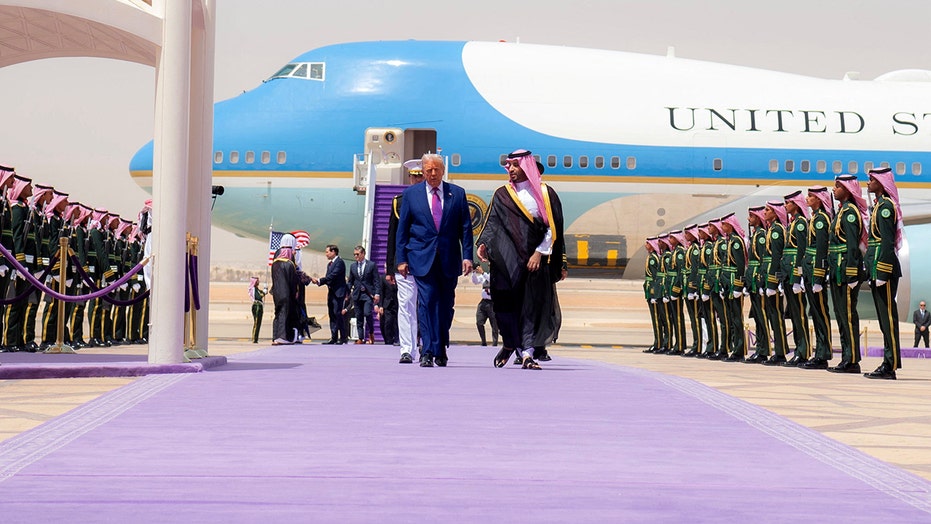
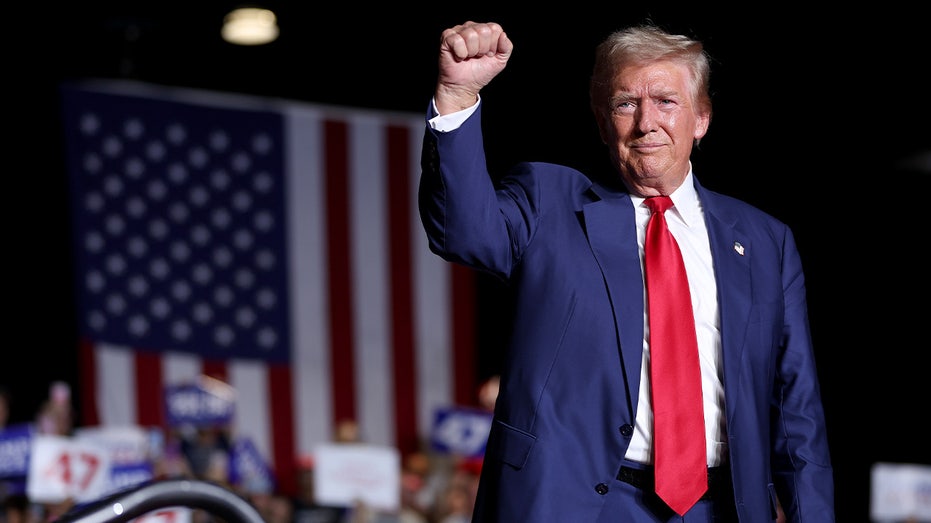
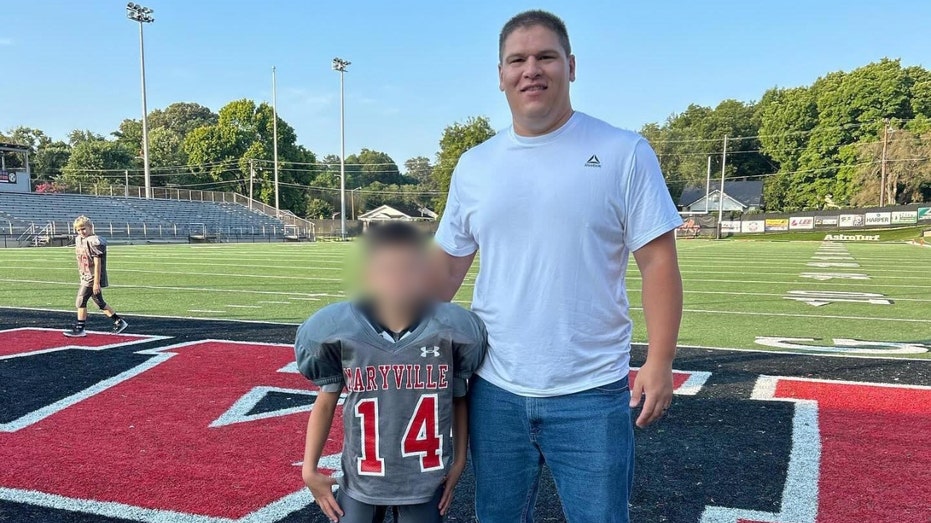
















_ElenaBs_Alamy.jpg?width=1280&auto=webp&quality=80&disable=upscale#)




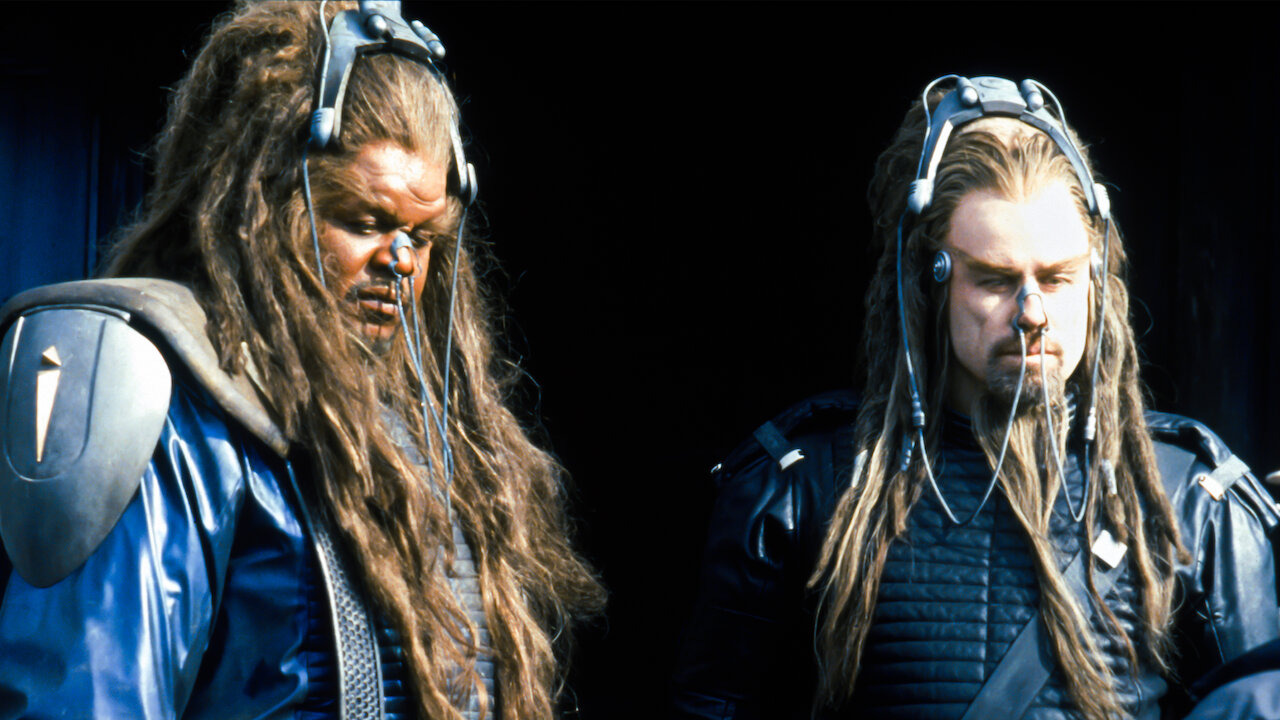
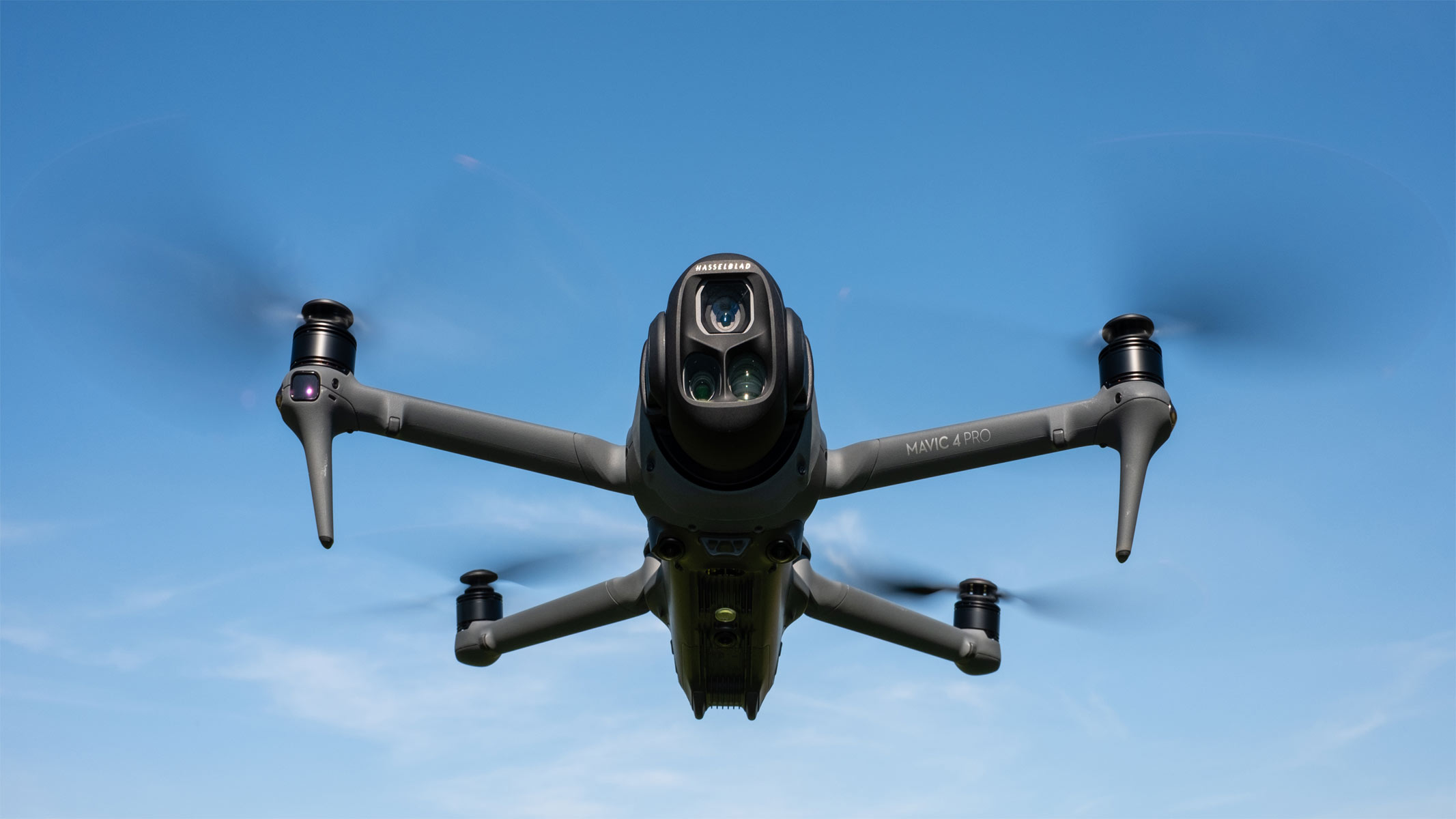

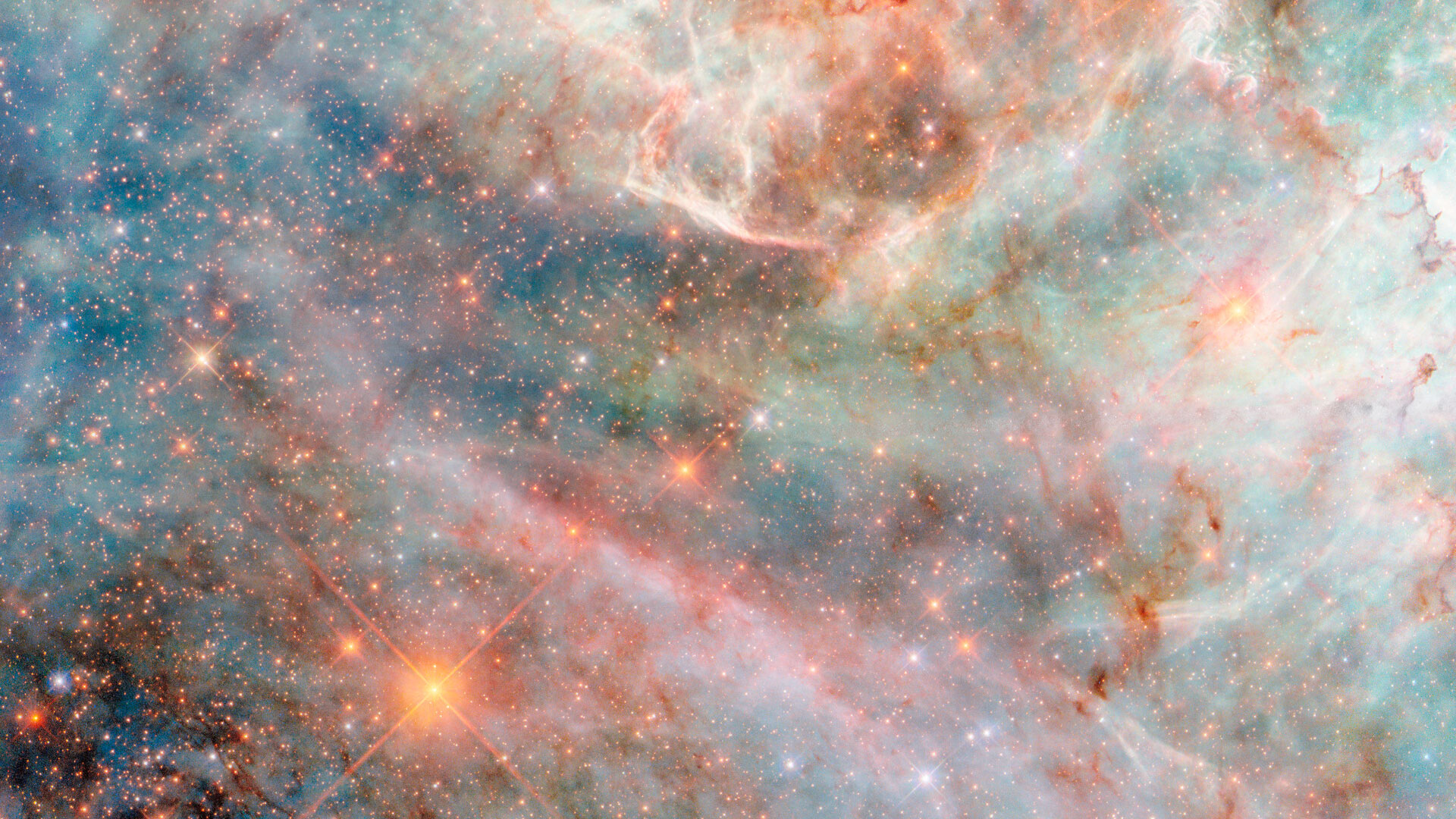









![Bitten By Bed Bugs At Luxor—Rushed To Hospital, All They Did Was Waive Her Resort Fee. Now She’s Suing [Roundup]](https://viewfromthewing.com/wp-content/uploads/2025/05/luxor.jpg?#)















